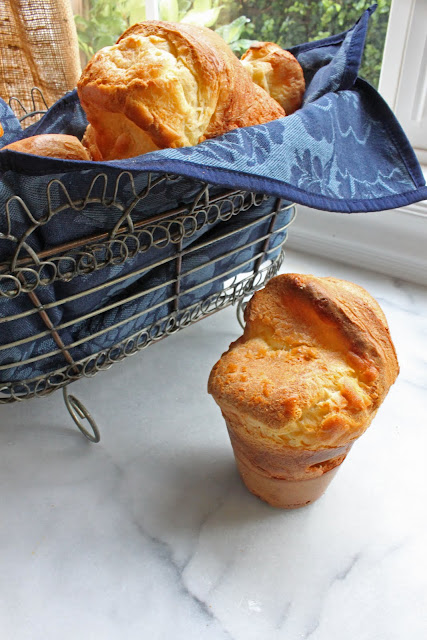If we drink coffee to get us up and moving, we drink tea to wind us down. So it should come as no surprise that there are health benefits in the consumption of tea. Many scientists agree that tea; both black and green contain important antioxidants and contribute to a healthy lifestyle.
But did you also know that tea like wine can be paired with foods to enhance your baking, cooking, and your dining. And this recipe is proof that tea and cake definitely go together. I came across this recipe in my ever expanding file of “things to make” and decided it was time to get baking.
The recipe, a dense chocolate cake that has an infusion of earl grey tea could be served easily for brunch, afternoon tea, or for dessert.
Produced in Sri Lanka, China and India, Earl Grey is traditionally scented with bergamot oil, which gives it an orange-citrus flavor. And when paired with rich dark chocolate it can’t be beat.
Enjoy!
Shannon
Adapted from a recipe in Real Simple Magazine 2007
6 Earl Grey tea bags or 2 Tbsp. loose Earl Grey
1 cup water
½ cup (1 stick) unsalted butter, room temperature
3 eggs
2 cups granulated sugar
4 ounces unsweetened chocolate, melted and cooled
2 cups all-purpose flour
1 tsp. baking soda
1 tsp. baking powder
¼ tsp. kosher salt
½ cup crème fraîche
Confectioners’ sugar, for dusting
Heat oven to 350°F. Coat an 8-cup fluted tube pan with cooking spray. Brew the tea in the water 3 to 5 minutes. Remove the tea bag or strain the leaves and set the brewed tea aside. Sift together flour, baking soda, baking powder and salt together, set aside. Using a mixer, beat the butter, eggs, and granulated sugar until fluffy. Blend in the chocolate. Beat in the flour mixture, crème fraîche and brewed tea. Pour into pan and bake 50 minutes, or up to an hour, until a cake tester comes out with a few crumbs attached. Remove from oven and let cool for 5 minutes, then turn out of pan and cool. Dust with confectioners’ sugar.
Makes 10 servings




















